-
 Bitcoin
Bitcoin $116400
0.87% -
 Ethereum
Ethereum $3819
3.86% -
 XRP
XRP $3.048
1.62% -
 Tether USDt
Tether USDt $1.000
0.03% -
 BNB
BNB $777.2
0.60% -
 Solana
Solana $169.3
0.46% -
 USDC
USDC $0.0000
0.02% -
 TRON
TRON $0.3414
2.06% -
 Dogecoin
Dogecoin $0.2126
3.33% -
 Cardano
Cardano $0.7527
1.21% -
 Hyperliquid
Hyperliquid $38.86
1.02% -
 Sui
Sui $3.683
5.27% -
 Stellar
Stellar $0.4048
1.45% -
 Chainlink
Chainlink $17.91
6.62% -
 Bitcoin Cash
Bitcoin Cash $576.9
1.29% -
 Hedera
Hedera $0.2487
1.03% -
 Ethena USDe
Ethena USDe $1.001
-0.01% -
 Avalanche
Avalanche $22.46
1.07% -
 Litecoin
Litecoin $120.8
1.69% -
 UNUS SED LEO
UNUS SED LEO $8.963
-0.30% -
 Toncoin
Toncoin $3.301
2.33% -
 Shiba Inu
Shiba Inu $0.00001250
1.13% -
 Uniswap
Uniswap $10.06
3.45% -
 Polkadot
Polkadot $3.731
1.56% -
 Dai
Dai $1.000
0.01% -
 Bitget Token
Bitget Token $4.416
1.58% -
 Cronos
Cronos $0.1482
3.73% -
 Monero
Monero $250.0
-12.34% -
 Pepe
Pepe $0.00001075
2.16% -
 Aave
Aave $274.6
4.17%
Gate.io How much is the handling fee for 100x leverage
The handling fee for 100x leverage on Gate.io varies, but for the BTC/USDT perpetual contract, it is currently 0.02%, charged on opening and closing leveraged positions.
Nov 12, 2024 at 05:05 am
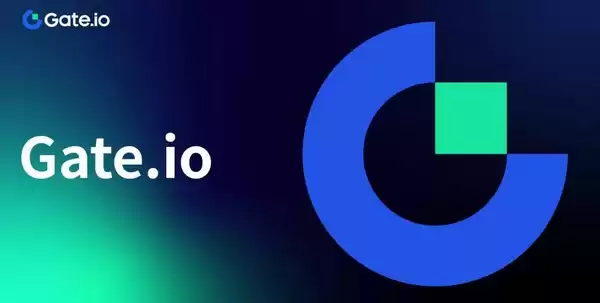
Gate.io: Understanding the Handling Fee for 100x Leverage
Gate.io, a prominent cryptocurrency exchange, offers versatile trading options, including the ability to trade with leverage. Leveraged trading magnifies both potential profits and risks, and understanding the associated handling fees is crucial for informed decision-making.
Step 1: Determining the Handling Fee for 100x Leverage on Gate.io
- The handling fee for 100x leverage on Gate.io varies based on the specific trading pair and market conditions.
- For example, the handling fee for the BTC/USDT perpetual contract with 100x leverage currently stands at 0.02%.
- This fee is charged on both the opening and closing of the leveraged position.
Step 2: Calculating the Handling Fee for a Specific Trade
- To calculate the handling fee for a specific trade, multiply the trading volume by the applicable handling fee rate.
- For instance, if you open a BTC/USDT perpetual contract with a trading volume of 1 BTC (approximately $23,000) with 100x leverage, the handling fee would be:
Handling Fee = Trading Volume × Handling Fee Rate
Handling Fee = 1 BTC × 0.02%
Handling Fee = 0.0002 BTC (approximately $4.6)Step 3: Adjusting for Funding Rates
- In addition to the handling fee, Gate.io also applies funding rates to leveraged positions, which can either be positive or negative.
- Positive funding rates imply that traders holding long positions (betting on an asset's price increase) pay traders holding short positions (betting on an asset's price decrease), and vice versa for negative funding rates.
- Funding rates are designed to maintain equilibrium in the market and prevent excessive imbalances between longs and shorts.
Step 4: Accounting for Maintenance Margin and Liquidation
- Traders using leverage must maintain a minimum maintenance margin, which acts as a safety buffer to prevent liquidations.
- If the account balance falls below the maintenance margin, Gate.io may automatically liquidate the leveraged position to minimize losses.
- The liquidation price is determined by the initial entry price, leverage used, and fluctuations in the underlying asset's value.
Step 5: Weighing the Pros and Cons of 100x Leverage on Gate.io
Pros:
- Enhanced profit potential: Leverage magnifies both potential profits and losses.
- Increased market exposure: Leverage allows traders to control a larger position size with a smaller initial capital outlay.
Cons:
- Heightened risk: Leverage amplifies losses as well as profits.
- Margin calls and liquidations: Failure to maintain a sufficient margin balance can trigger margin calls and involuntary liquidations.
- Limited suitability: 100x leverage is not suitable for all traders and requires extensive risk management experience.
Step 6: Tips for Leveraged Trading on Gate.io
- Use leverage cautiously and within your risk tolerance.
- Monitor market conditions and adjust leverage levels accordingly.
- Manage risk using stop-loss orders and trailing stops.
- Consider using a demo account to practice leveraged trading before deploying real capital.
- Seek guidance from experienced traders or financial advisors if needed.
Disclaimer:info@kdj.com
The information provided is not trading advice. kdj.com does not assume any responsibility for any investments made based on the information provided in this article. Cryptocurrencies are highly volatile and it is highly recommended that you invest with caution after thorough research!
If you believe that the content used on this website infringes your copyright, please contact us immediately (info@kdj.com) and we will delete it promptly.
- Pi Coin's dApp and AI Potential: Building a Decentralized Future
- 2025-08-08 02:30:12
- Bitcoin, Greenidge, and Liquidity: Navigating the Crypto Currents in NYC
- 2025-08-08 02:30:12
- Crypto Phishing Alert: $3 Million USDT Loss Highlights DeFi Risks
- 2025-08-08 01:10:12
- Crypto Presale Mania: Is Punisher Coin the High ROI King?
- 2025-08-08 01:10:12
- Online Betting, Platforms & Crypto Access: What's Hot in 2025
- 2025-08-08 00:50:12
- Layer Brett: The Meme Coin Primed for 100x Gains?
- 2025-08-08 01:50:12
Related knowledge
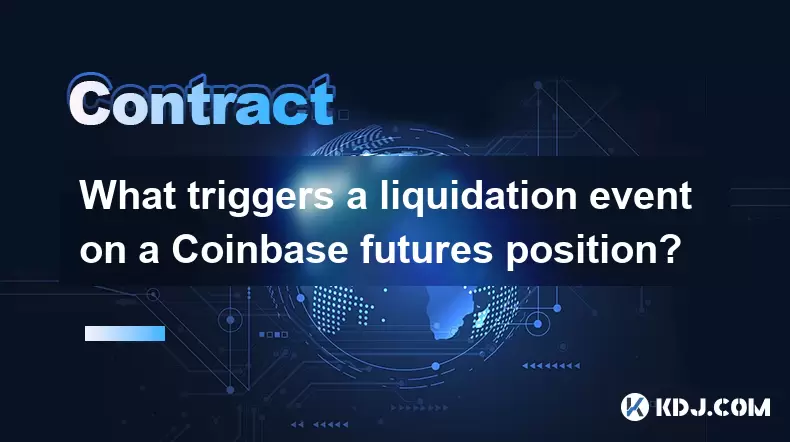
What triggers a liquidation event on a Coinbase futures position?
Aug 08,2025 at 01:15am
Understanding Futures Contracts on CoinbaseFutures contracts on Coinbase allow traders to speculate on the future price of a cryptocurrency, such as B...
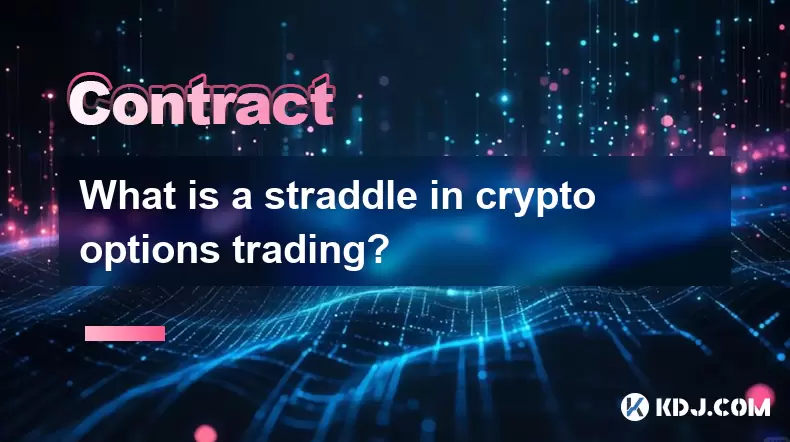
What is a straddle in crypto options trading?
Aug 07,2025 at 11:15pm
Understanding the Basics of a Straddle in Crypto OptionsA straddle is an options trading strategy used when a trader expects significant price movemen...
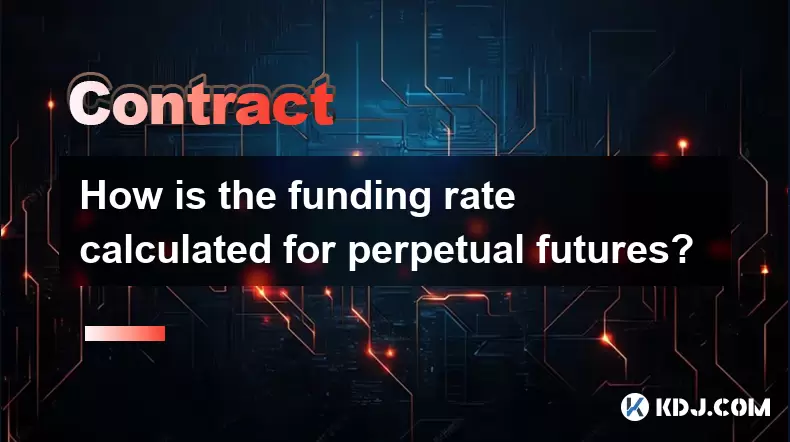
How is the funding rate calculated for perpetual futures?
Aug 07,2025 at 11:36pm
Understanding the Basics of Perpetual FuturesPerpetual futures are a type of derivative contract that does not have an expiration date, allowing trade...
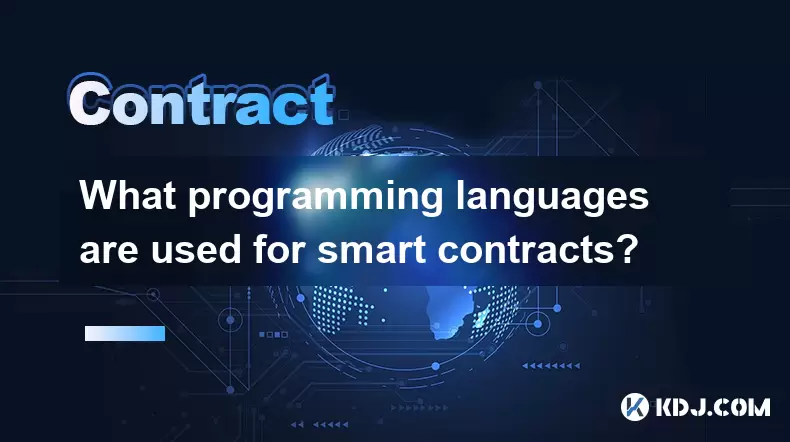
What programming languages are used for smart contracts?
Aug 07,2025 at 06:07pm
Understanding Smart Contracts and Their Execution EnvironmentSmart contracts are self-executing programs deployed on blockchain networks that automati...
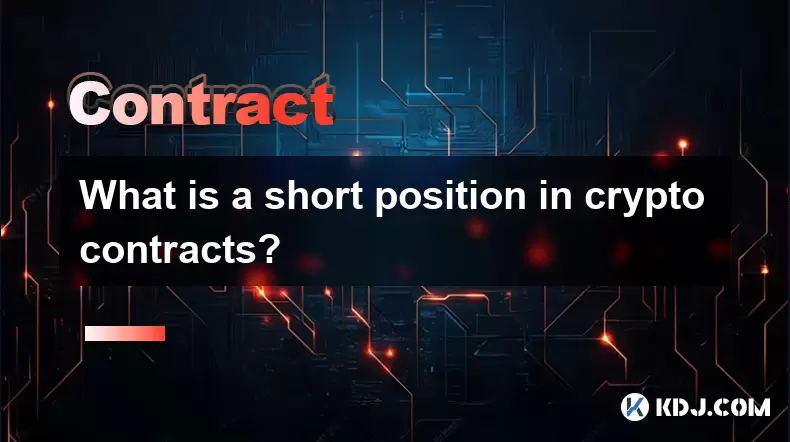
What is a short position in crypto contracts?
Aug 07,2025 at 11:42pm
Understanding the Concept of a Short Position in Crypto ContractsA short position in crypto contracts refers to a trading strategy where a trader prof...
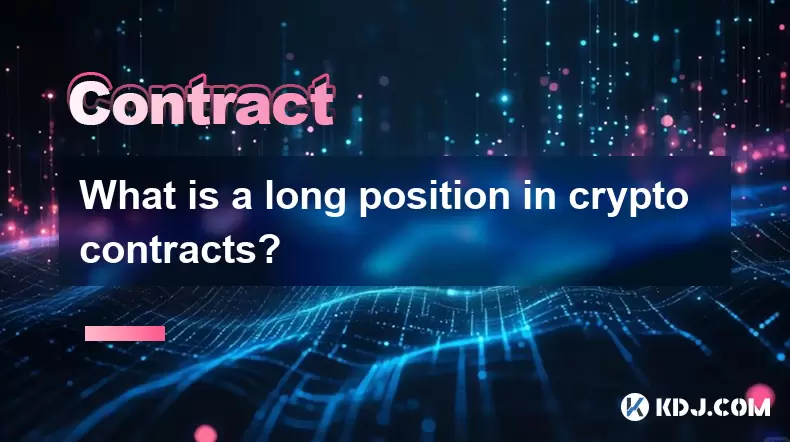
What is a long position in crypto contracts?
Aug 07,2025 at 06:29pm
Understanding the Concept of a Long Position in Crypto ContractsA long position in crypto contracts refers to a trading strategy where a trader buys a...

What triggers a liquidation event on a Coinbase futures position?
Aug 08,2025 at 01:15am
Understanding Futures Contracts on CoinbaseFutures contracts on Coinbase allow traders to speculate on the future price of a cryptocurrency, such as B...

What is a straddle in crypto options trading?
Aug 07,2025 at 11:15pm
Understanding the Basics of a Straddle in Crypto OptionsA straddle is an options trading strategy used when a trader expects significant price movemen...

How is the funding rate calculated for perpetual futures?
Aug 07,2025 at 11:36pm
Understanding the Basics of Perpetual FuturesPerpetual futures are a type of derivative contract that does not have an expiration date, allowing trade...

What programming languages are used for smart contracts?
Aug 07,2025 at 06:07pm
Understanding Smart Contracts and Their Execution EnvironmentSmart contracts are self-executing programs deployed on blockchain networks that automati...

What is a short position in crypto contracts?
Aug 07,2025 at 11:42pm
Understanding the Concept of a Short Position in Crypto ContractsA short position in crypto contracts refers to a trading strategy where a trader prof...

What is a long position in crypto contracts?
Aug 07,2025 at 06:29pm
Understanding the Concept of a Long Position in Crypto ContractsA long position in crypto contracts refers to a trading strategy where a trader buys a...
See all articles

























































































